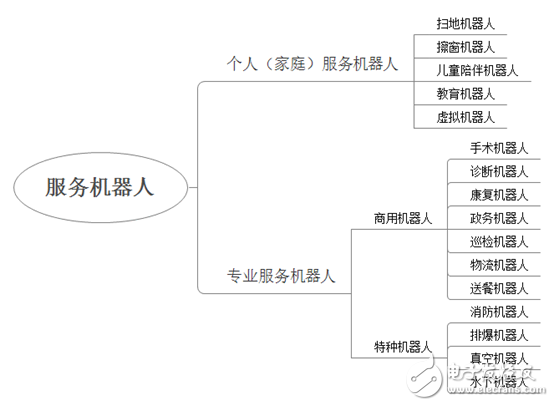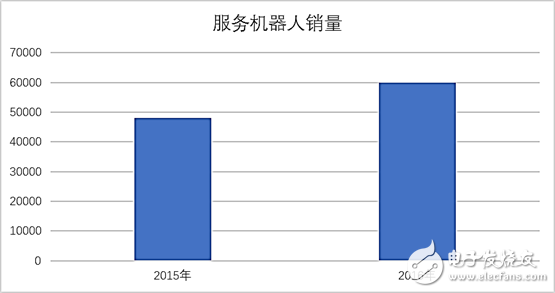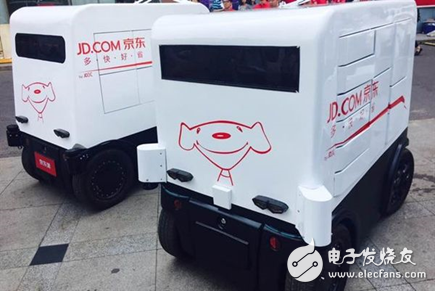Service robots are a distinct category of robots that differ from traditional industrial robots. Unlike their industrial counterparts, which are primarily used in manufacturing and production environments, service robots are designed to enhance daily human life by performing tasks in areas such as clothing, food, housing, transportation, finance, shopping, and entertainment. Their goal is to make everyday life more convenient, efficient, and safe.
In terms of market classification, service robots can be broadly divided into two main categories: personal (home) service robots and professional service robots. Professional service robots further split into commercial and specialized types. Personal service robots include products like robotic vacuum cleaners, window-cleaning robots, child companions, educational robots, and virtual assistants. Commercial robots cover applications such as surgical robots, diagnostic tools, rehabilitation systems, government assistance devices, inspection units, logistics robots, and food delivery bots. Specialized robots, on the other hand, are used in high-risk or niche environments, including firefighting robots, bomb-disposal robots, underwater exploration units, and vacuum robots.

**Figure: Service Robot Classification**
Over the past few years, the global service robot market has shown steady growth. According to industry reports, the total sales value of service robots reached $4.7 billion in 2016, representing a 2% increase compared to 2015. The number of units sold also rose significantly, from 48,000 in 2015 to nearly 60,000 in 2016, marking a 24% growth rate.

The service robot market is showing strong development potential, driven by its position as an emerging sector with significant growth opportunities. However, despite this positive trend, there are still challenges and limitations in the current market landscape.
One of the most notable issues is that the development of service robots is still concentrated in a limited number of application areas. While certain sectors—such as cleaning, logistics, medical assistance, and customer service—have seen considerable progress, many other potential fields remain underdeveloped. For example, while sweeping robots, delivery bots, and surgical robots have become more common, larger-scale applications like elderly care, disability assistance, autonomous driving, security, agriculture, and even simple daily tasks such as opening doors, picking up chopsticks, or slicing apples are still in early stages. In these areas, robots are often seen as inefficient or not yet ready for widespread use.

**Figure: Jingdong Express Robot**
A major challenge in the development of service robots lies in overcoming the core technological bottlenecks that currently limit their performance and adaptability. Until these barriers are addressed, the full potential of service robots will remain untapped, and their integration into more complex and diverse environments will continue to face obstacles.
CPVC Sheet Conical Twin Screw Extrusion Line
High Capacity Cpvc Sheet Conical Twin Screw Extrusion Line,Precision Cpvc Sheet Conical Twin Screw Extrusion Line,Affordable Cpvc Sheet Conical Twin Screw Extrusion Line,Customizable Cpvc Sheet Conical Twin Screw Extrusion Line
Zhejiang IET Intelligent Equipment Manufacturing Co.,Ltd , https://www.ietmachinery.com